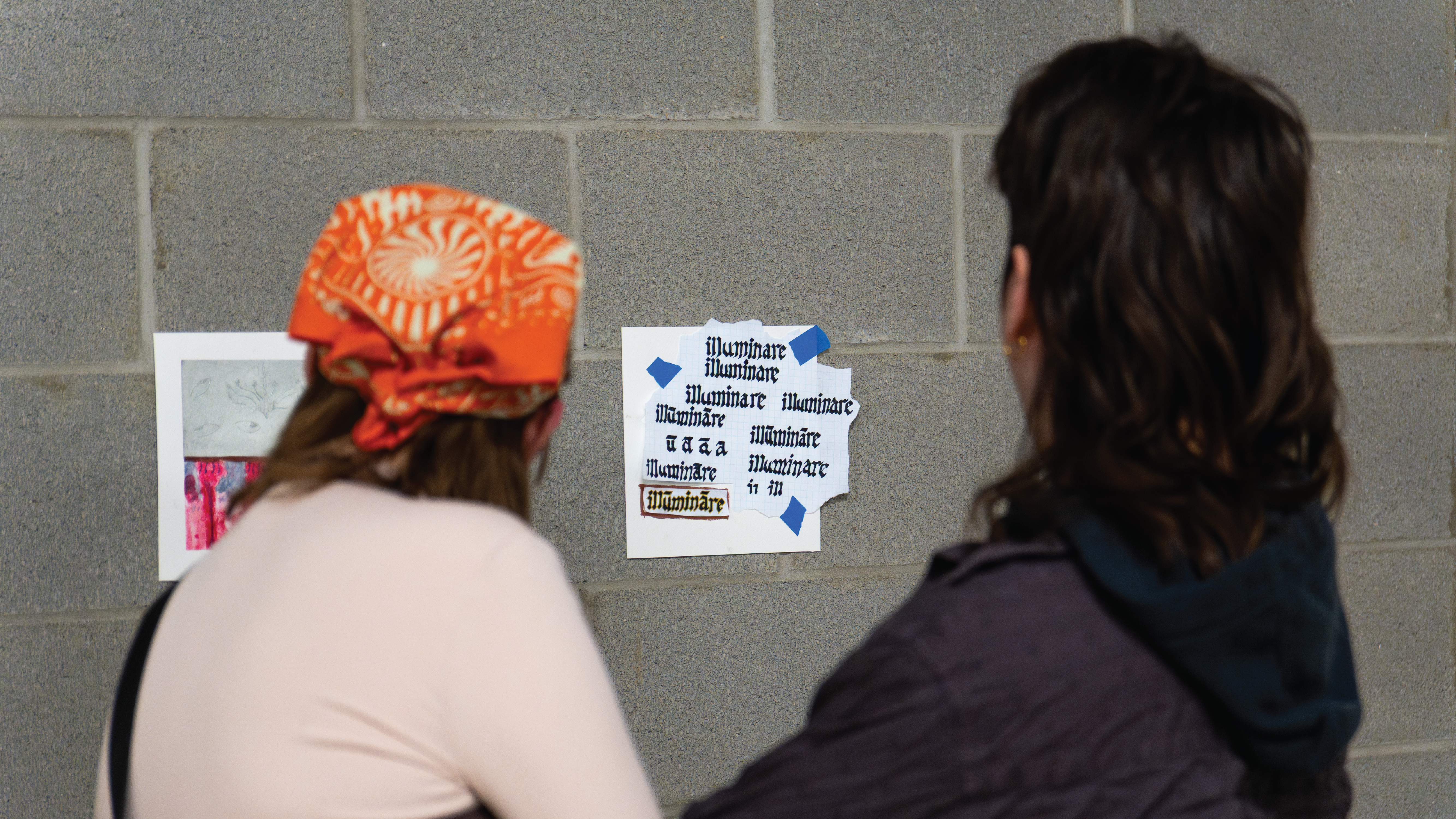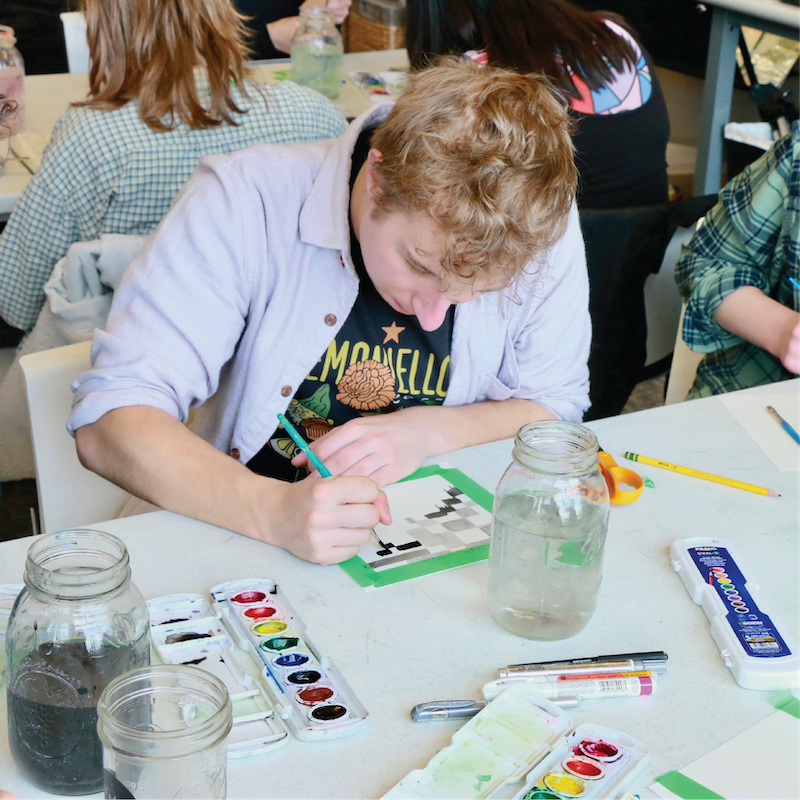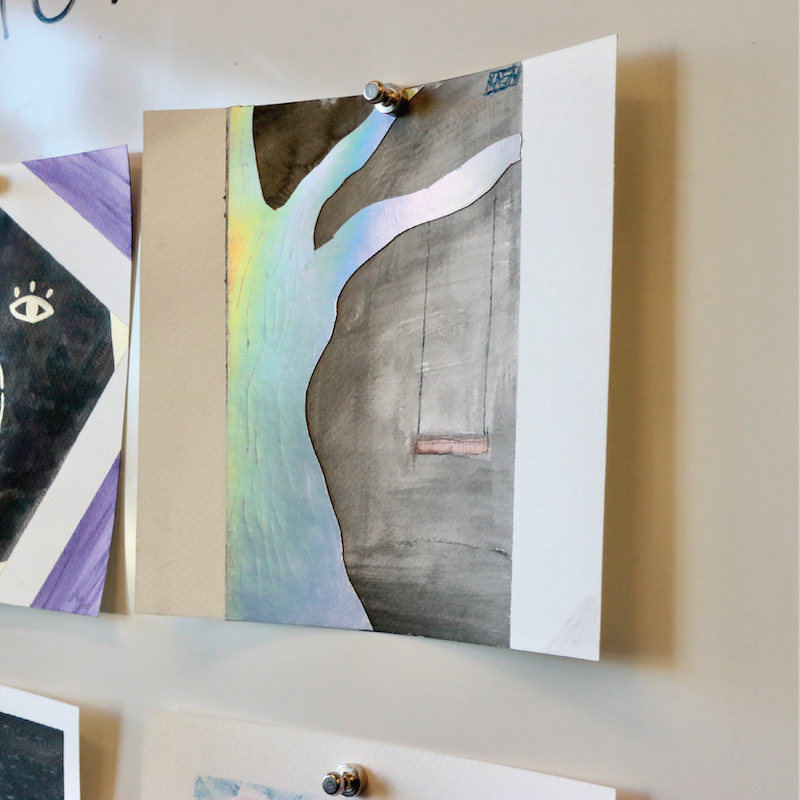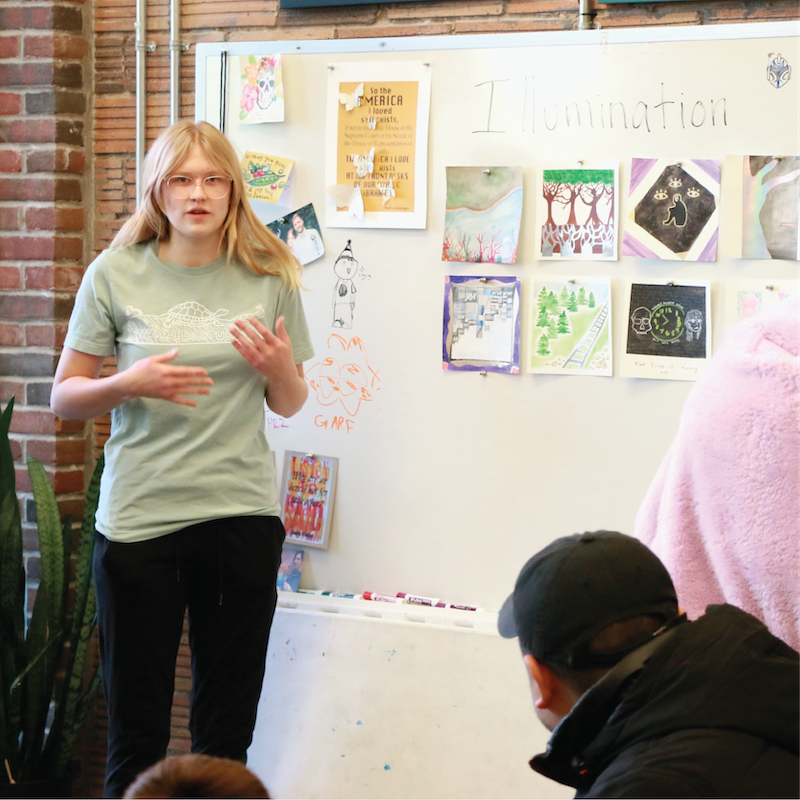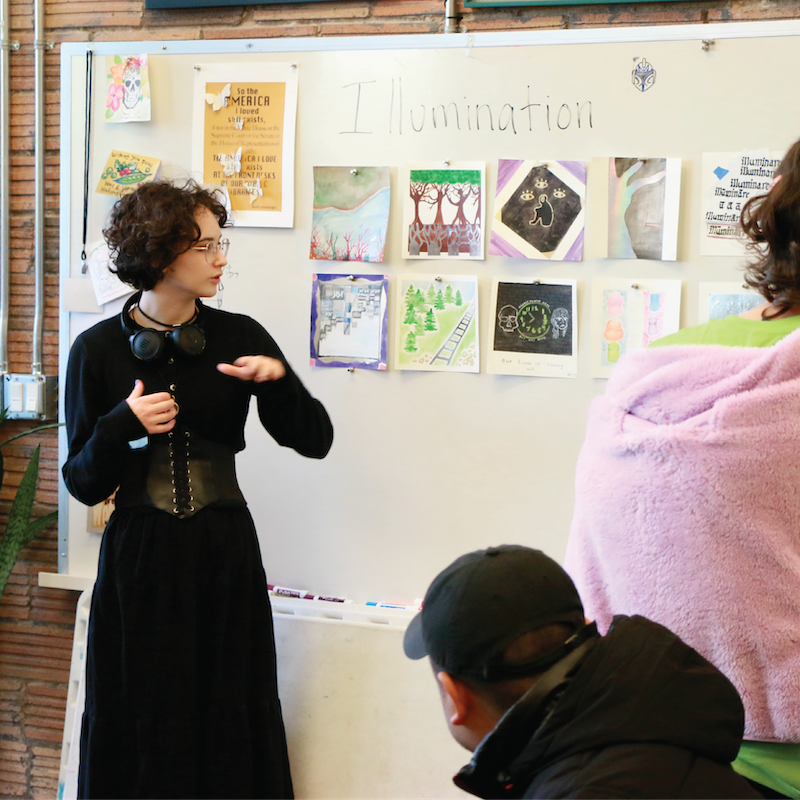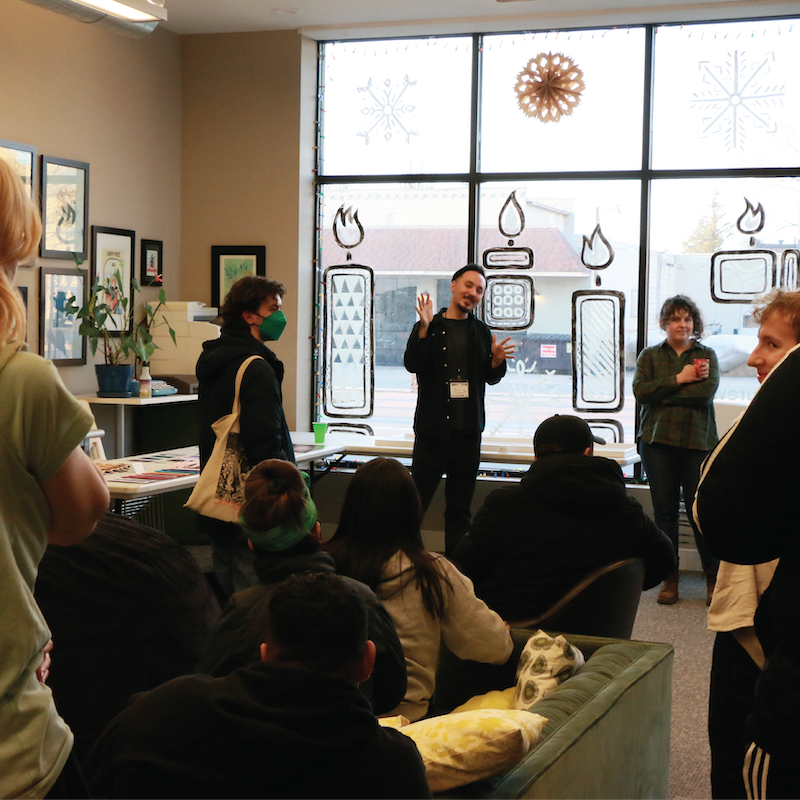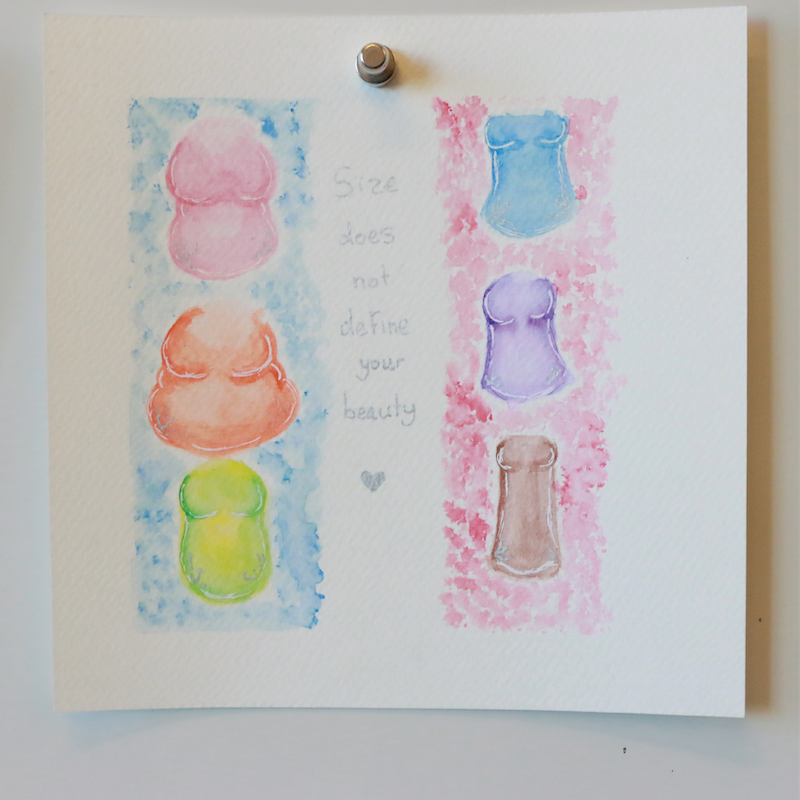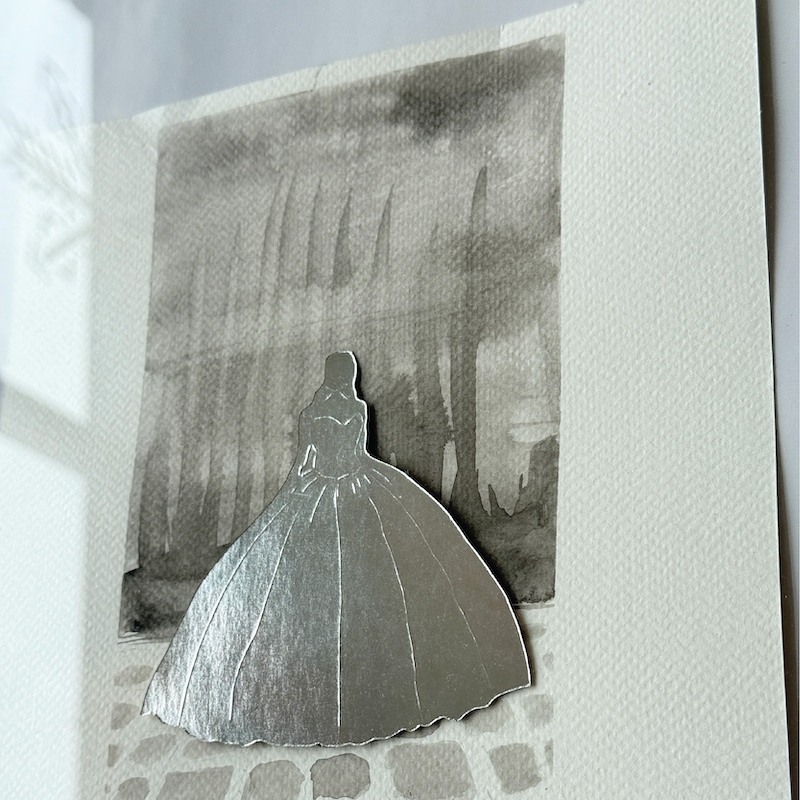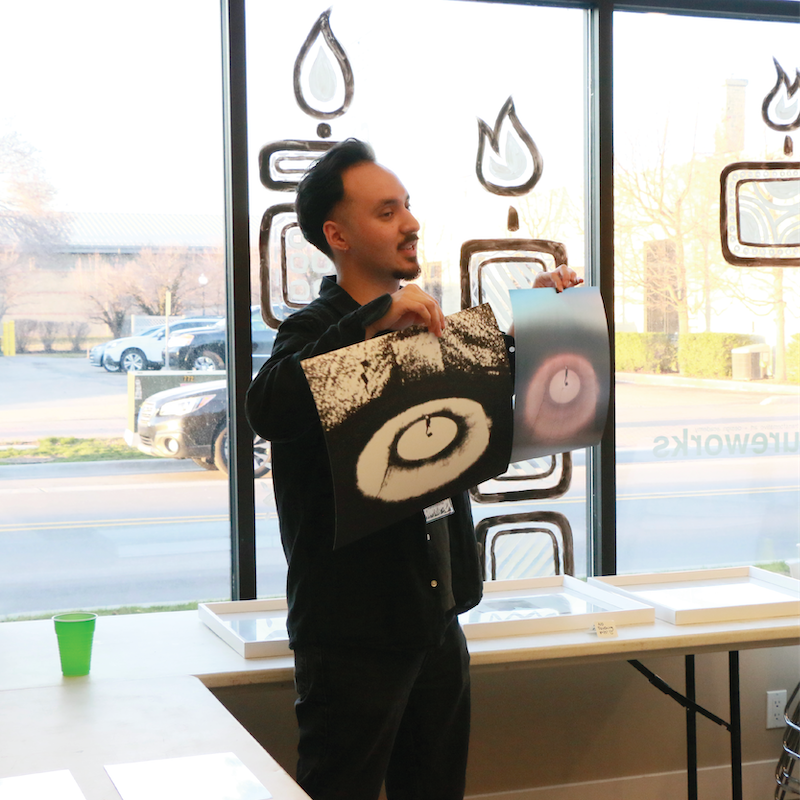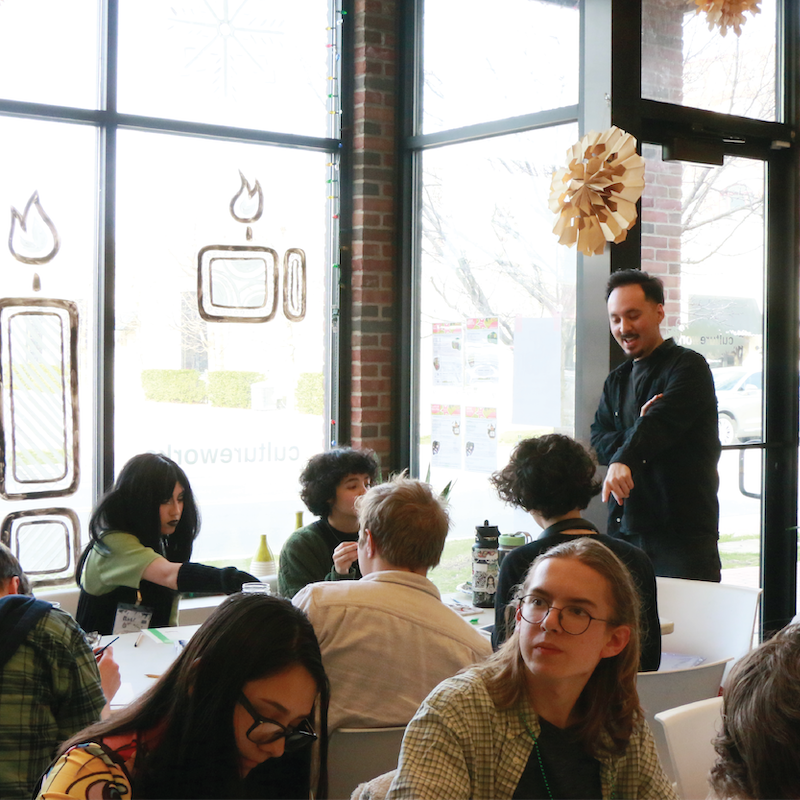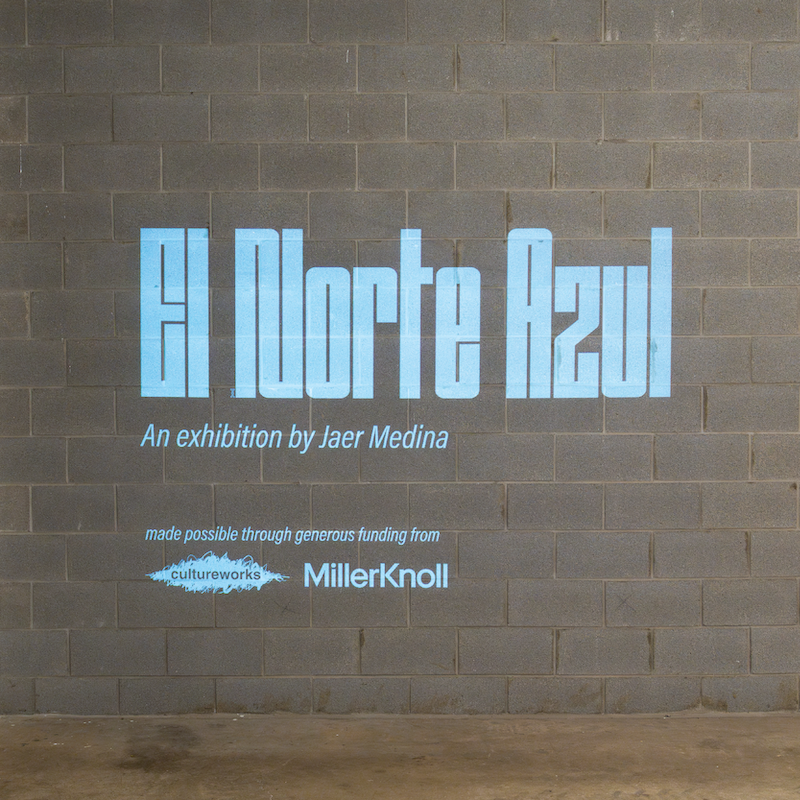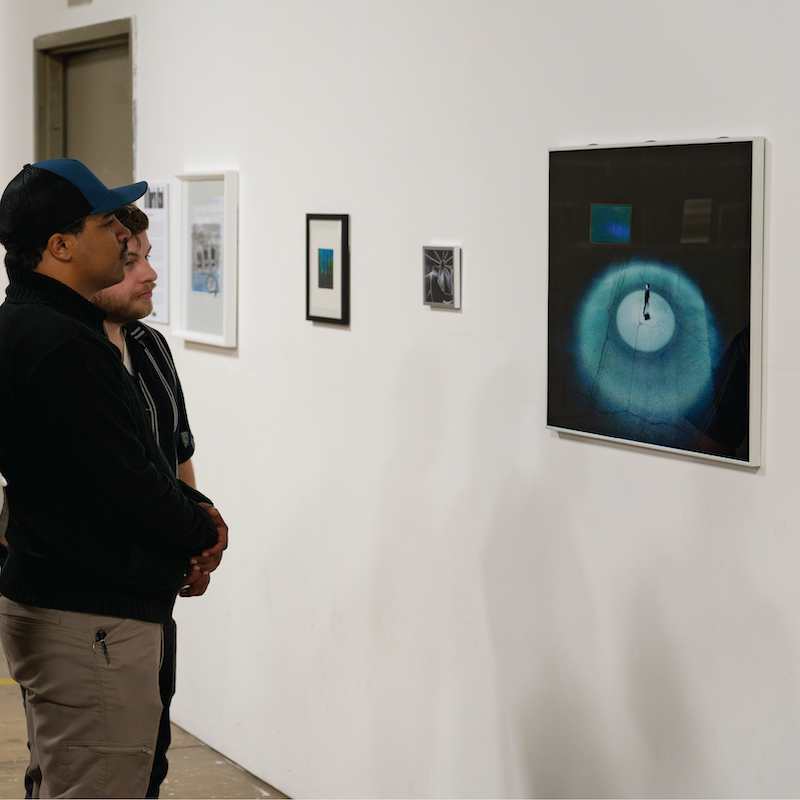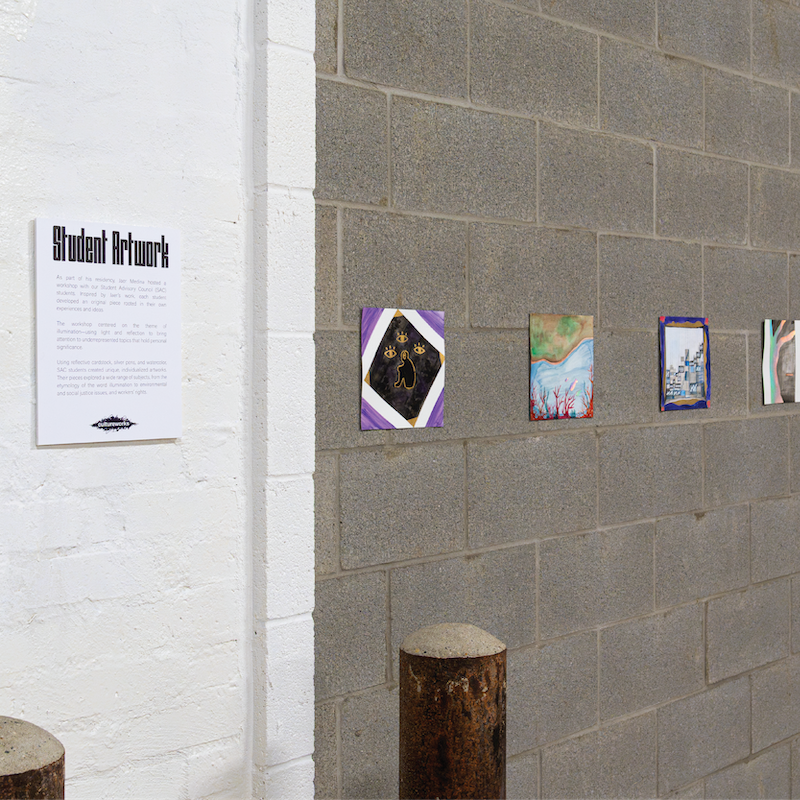CultureWorks’ Artist-in-Residence Jaer Medina reflects on the importance of community to the art making process.
Having time and space to create work is one of the biggest challenges coming out of an undergraduate arts education. Life can be nebulous in the few months after graduation. As someone navigating that space, I (Jaer) am beyond thankful for having the opportunity to pilot the CultureWorks (CW) Artist-in-Residence program because for at least three months, I had the time and space to create.
One of the many things I was excited about going into this residency was the opportunity to play, to experiment, and to try out new mediums. Being able to access a printing press, clay throwing wheels, and a screen printing setup is any artist’s dream. The CultureWorks studio is a West Michigan gem.
My formal training with such equipment (and their mediums) is quite limited, which made me question what role they’d play in my practice. The buffet of artmaking tools was a bit daunting at first, but after the initial burst of experimentation, I quickly found footing with a watercolor palette and pack of paper. It was completely unexpected, but welcomed. Drawing and painting may never be my forte and that’s okay! I am happy that I was able to play with the medium and have three watercolor pieces in El Norte Azul. Watercolor’s accessible nature—like the fact that you can toss it in your bag and set up shop anywhere—is very appealing to me.
However, what I found most enjoyable about this residency was the great conversations I had with CW staff and students, especially during the workshop I facilitated with CW’s Student Advisory Council. We used reflective materials like foil cardstock and silver pen to highlight experiences, ideas, or events that the students felt were underrepresented—a technique we called illumination. What transpired were rich, critically informed discussions on topics like workers’ rights, environmental justice, and deeply personal connections to place, just to name a few. All of these conversations were sparked by 8” x 8” watercolor collage-drawings created by the students.
All of the students’ works were exhibited alongside my own during the opening night of El Norte Azul. The three aforementioned watercolor paintings in my show used the same techniques we explored in the workshop. I focused on the friction, and difference, between being seen and being surveilled as a Mexican-American in the United States. My work explored how lighting technology shapes the Mexican-American experience, ranging from the colorful party lights that celebrate culture on Sonidero (Mexican DJ) dance floors to the lighting used for surveillance at the southern border and throughout the broader U.S. I couldn’t have connected the dots between these two experiences had I not been in dialogue with CW students and staff throughout my residency.
The need to listen, and alternatively to be heard, is crucial to a sustainable and meaningful art practice. Stepping outside the infrastructure of an institution can be daunting. Not only do you lose access to its facilities, but, more importantly, you lose access to the conversations housed there. My time as a Resident showed me how essential community is to the art making process. The residency affirmed for me that the relationships we build along the way are just as integral to our practice as the work itself.
Thank you to Emily, Miranda, the rest of the CultureWorks staff, the students for their feedback (and for creating critically informed work), and all of the folks who supported/attended my endeavors throughout this residency.
Special thanks to Latin American United for Progress (LAUP) for hosting El Norte Azul and the Miller Knoll Foundation for funding this enriching experience.
Gratefully,
Jaer Medina




